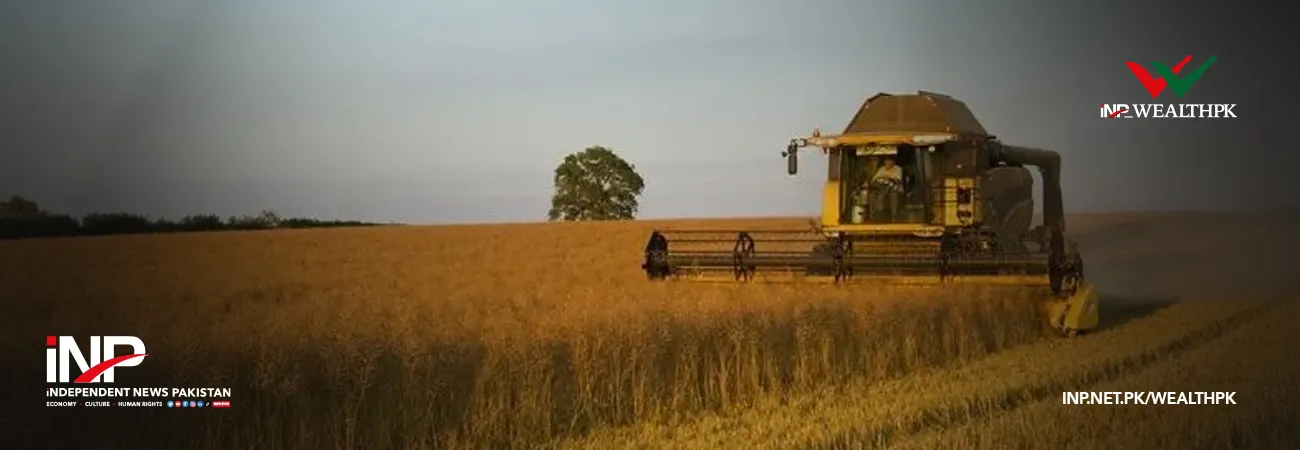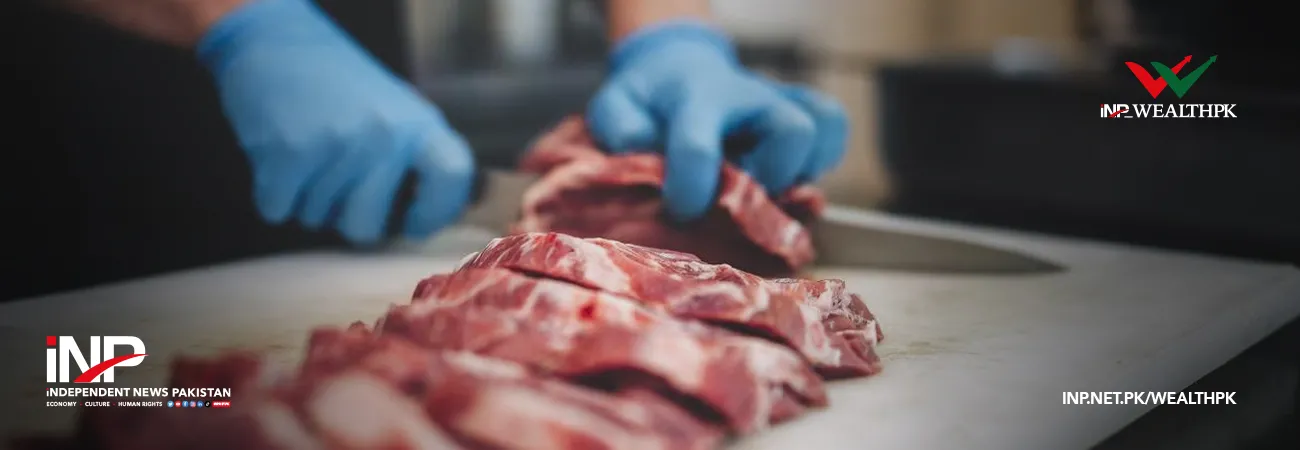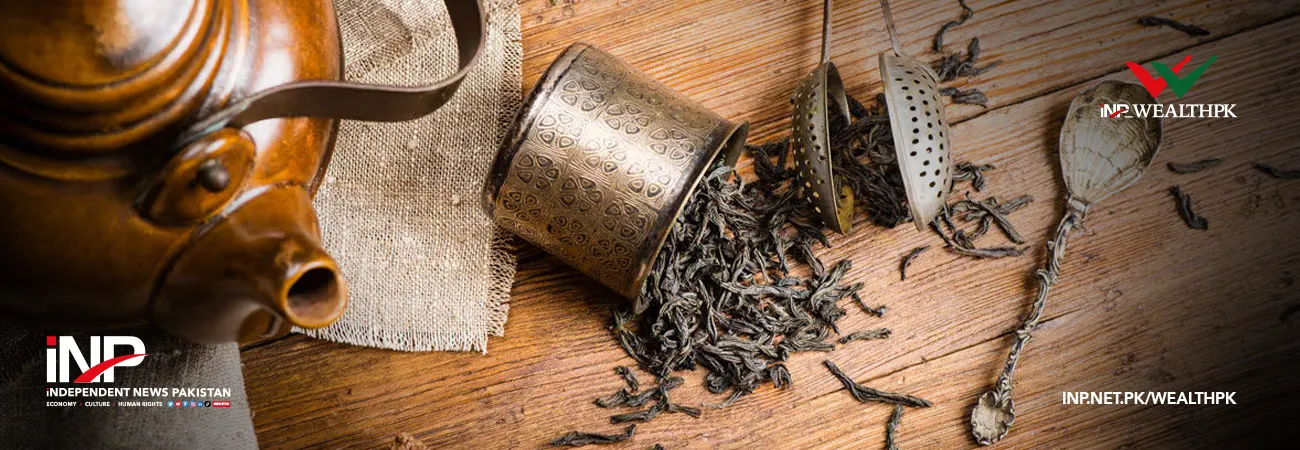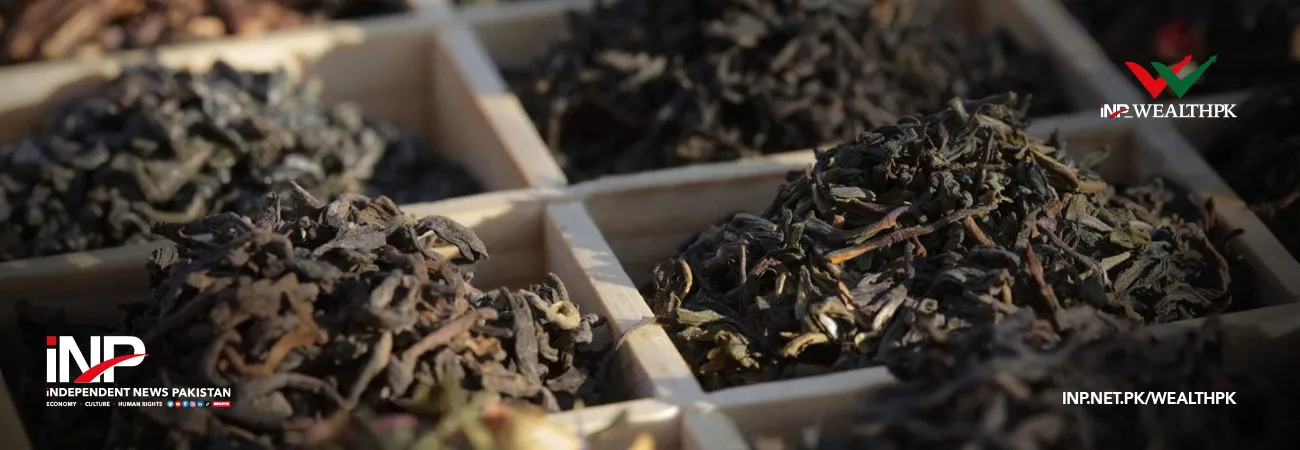INP-WealthPk
Ahmed Khan Malik
Sindh’s agriculture sector has shown dismal growth during the outgoing financial year. Despite contributing significantly to employment and rural livelihoods, the sector has been plagued by a combination of adverse weather conditions, water shortages, pest attacks, rising input costs, and lack of government support, reports WealthPK.
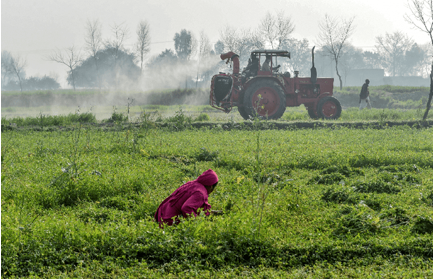
The overall stagnation in agriculture has raised concerns over food security, rural poverty, and the province’s economic sustainability. According to the provincial government’s recent data, agricultural growth remained well below expectations, with some major crops witnessing a negative growth. The province, a key producer of cotton, rice, sugarcane, and wheat, failed to meet its targets across all major commodities.
Cotton, once considered the "white gold" of Sindh, faced a sharp decline in both acreage and yield due to water shortages and pest infestations. Similarly, wheat output saw a minimal growth, while rice production was affected by the erratic monsoon patterns and salinity.
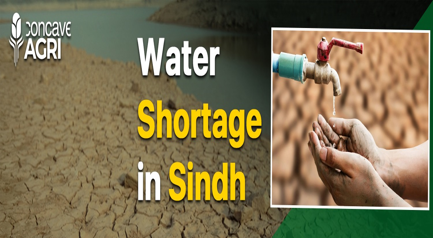
"Water crisis remains a central issue undermining the productivity of agriculture. The province, located at the tail-end of the Indus River system, suffered severe irrigation shortages throughout the year, Mahmoud Nawaz Shah, President of Sindh Abadgar Board, told WealthPK. He noted that with reduced water releases from upstream and poor canal management, farmers in key agricultural districts such as Thatta, Badin, Sanghar, and Khairpur faced acute difficulties in securing timely irrigation. Lack of investment in water-efficient technologies like drip and sprinkler irrigation has further aggravated the problem.
In addition to water scarcity, he said the soaring input costs significantly hampered agricultural profitability. Prices of urea, DAP fertilizer, diesel, seeds, and pesticides rose sharply, increasing the cost of production for farmers. Meanwhile, output prices remained stagnant or were affected by market manipulation and inadequate government procurement. Many small-scale farmers were pushed into debt or abandoned farming altogether, further reducing agricultural activity.
Another key factor behind the sector’s poor performance was the absence of a coordinated agricultural policy and lack of extension services, Manzoor Chandio, an agriculture expert, said while talking to WealthPK. He pointed out that farmers were left to face climate challenges and pest threats without sufficient guidance or support. For example, locust attacks in the early months of the year were met with slow and ineffective responses, causing widespread crop damage in districts like Tharparkar and Umerkot.
He argued that unless structural reforms were introduced, Sindh’s agriculture would continue its downward trajectory. There is an urgent need to modernize the irrigation infrastructure, subsidize inputs for small farmers, and improve access to credit and insurance. Additionally, the province must invest in agricultural research, climate adaptation measures, and market linkages to revive productivity and income levels, he asserted.
He said the dismal growth of agriculture in the outgoing financial year serves as a wake-up call for the policymakers. With climate change intensifying and population growing, the sustainability of agriculture in Sindh is not just an economic issue, but a social and environmental imperative, he said, adding that without immediate and sustained efforts, the province risks deeper rural distress and further economic imbalance.
Credit: INP-WealthPk



